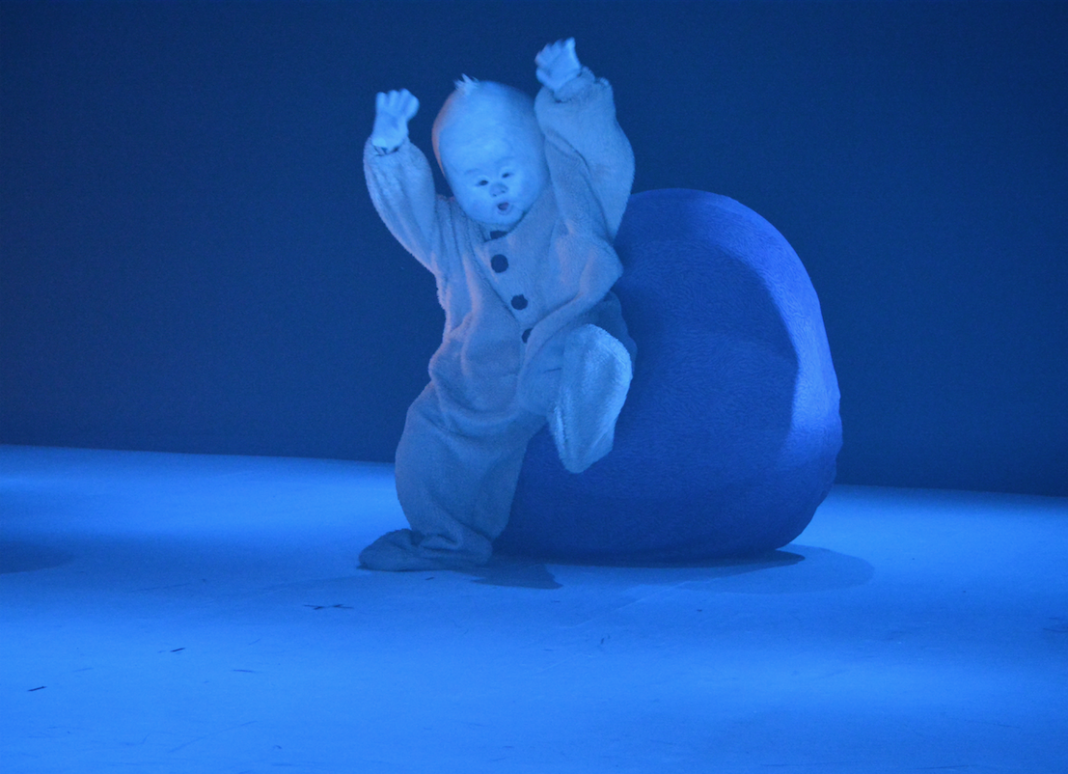The tradition of Santa Claus has been cherished in the U.S. since the late 18th century. In American culture, Santa Claus is known to bring good children gifts on Christmas night. There are songs, movies, radio and television specials that celebrate the story of Santa Claus. Most of all, people celebrate Santa Claus because of the gifts he brings us.
Santa Claus brings in an innumerable amount of dollars to businesses across the U.S. every year. Take for example, the Coca Cola company, which is one of the first businesses to use Santa Claus in their marketing during the holiday season starting in the 1920s. The company has shaped the way Americans view Santa Claus in significant ways, down to the color of the attire he wears. Coca Cola was the first to use Santa Claus to push sales during the holiday season.
Several companies followed in Coca Cola’s path. It has become tradition for many to enjoy Coca Cola with their dinner on Christmas, to watch a movie at Regal Cinemas or to buy a car during the “Happy Honda Days.” Santa Claus has created an expectation for people to buy extra gifts during the holiday season.
It’s not all good, though. Santa Claus is a nightmare for practically any parent who is not in the wealthy class. The message that pop culture tells children is that if you’re a good kid, Santa will bring you presents, and not just something small. Recall “Santa Baby,” famously performed by Eartha Kitt. Throughout the entire song, she lists expensive gifts that she wants from Santa. Eartha is clearly only interested in Santa Claus as a lover because he is wealthy. This song has negative implications because it sets the expectation for children that Santa can provide expensive gifts.
Instead of teaching children to be good or else Santa won’t get you Christmas presents, children should be taught to be good as a moral lesson—especially considering the fact that many parents cannot afford to keep up the lie. Santa Claus doesn’t exist forever for anyone, so why teach your children about Santa Claus, anyway? In fact, technology has made it easier and easier for children to figure out that he’s not real.
Using Santa Claus’ favor as a threat is a lazy and irresponsible way to teach morality because it enables kids to think that they should be rewarded for good behavior all the time. This plays a role in consumerism because if you teach your kids this concept, it is a very expensive way to teach them about morality. It implies children who receive less presents or less expensive presents are therefore not as good of people. It’s difficult enough to expect children to conceptualize a class divide between their gifts, but on top of that, wealthier kids think because they got a better gift, the impoverished kids are also worse people.
The image we know of Santa in American culture has been so deeply associated with capitalism that there is simply no way to go back to the Santa Claus we knew in the 18th century. Perhaps we should move away from the Santa Claus tradition and teach our children about morality in a more perceptible way—one that is not based on a classist lie.






